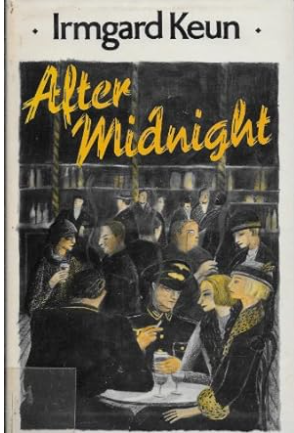Margaret Atwood - The Penelopiad.
Margaret Atwood. The Penelopiad. (United Kingdom: Canongate, 2005).
Margaret Atwood retells the story of Homer's Odyssey from Penelope's point of view. It is told in fragmented form, intercutting Penelope’s point of view with the chorus of murdered maids, the ancient chorus here presented as a modern chorus line of girls singing and dancing. Both are narrating from the underworld. Chapters are short. The effect is cumulative. Often, the tone is ironic. Atwood writes a short play of the court case defending Odysseus, which ends with the maids calling upon the Furies to torture Odysseus, but they are dismissed by the Attorney for the Defense calling upon Athena to dismiss them, which is a fun tribute to the ending of the Orestia. In presenting the story of the Odyssey from the perspective of Penelope and the maids, reframed as slaves, Atwood subverts the traditionally received readings of the Odyssey.
In Atwood’s version, Penelope asks the maids to gather intelligence from the suitors, thus endorsing the abusive relationships when she cannot protect them. When Odysseus slaughters the maids, again, Penelope does not protect them, and she feels somewhat responsible. Atwood does present a particularly female experience in the context of the Bronze Age. Penelope was “handed over to Odysseus, like a package of meat" (p. 15) at age fifteen, being treated as a commodity to be exchanged in a transaction between men. After marriage, her only job was “to have a nice big son for Odysseus" (p. 63). Odysseus, as the hero, is expected to do heroic deeds and create his own mythology by bragging about his adventures and telling “the nobler versions, with the monsters and goddesses, rather than the more sordid ones with the innkeepers and whores” (p. 173). And she has Penelope say: “I bit my tongue. It’s a wonder I had any tongue left, so frequently had I bitten it over the years” (p. 160).



Comments
Post a Comment